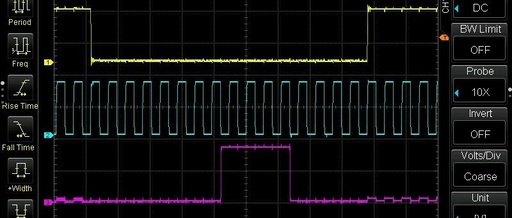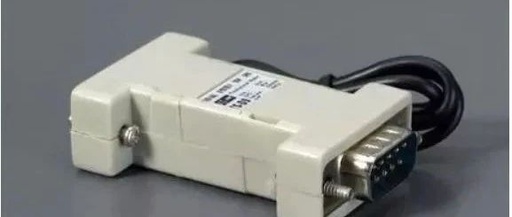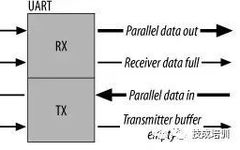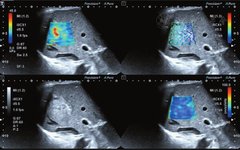Reasons for Differences in Chip Programming Efficiency
Abstract Chip programming is an important part of the production process of electronic products, and the efficiency of programming is a key concern for customers. The efficiency of programming is closely related to the programming speed of the chip. What factors influence the programming speed of chips? 1. Different Manufacturers’ Chips The differences between chip … Read more








